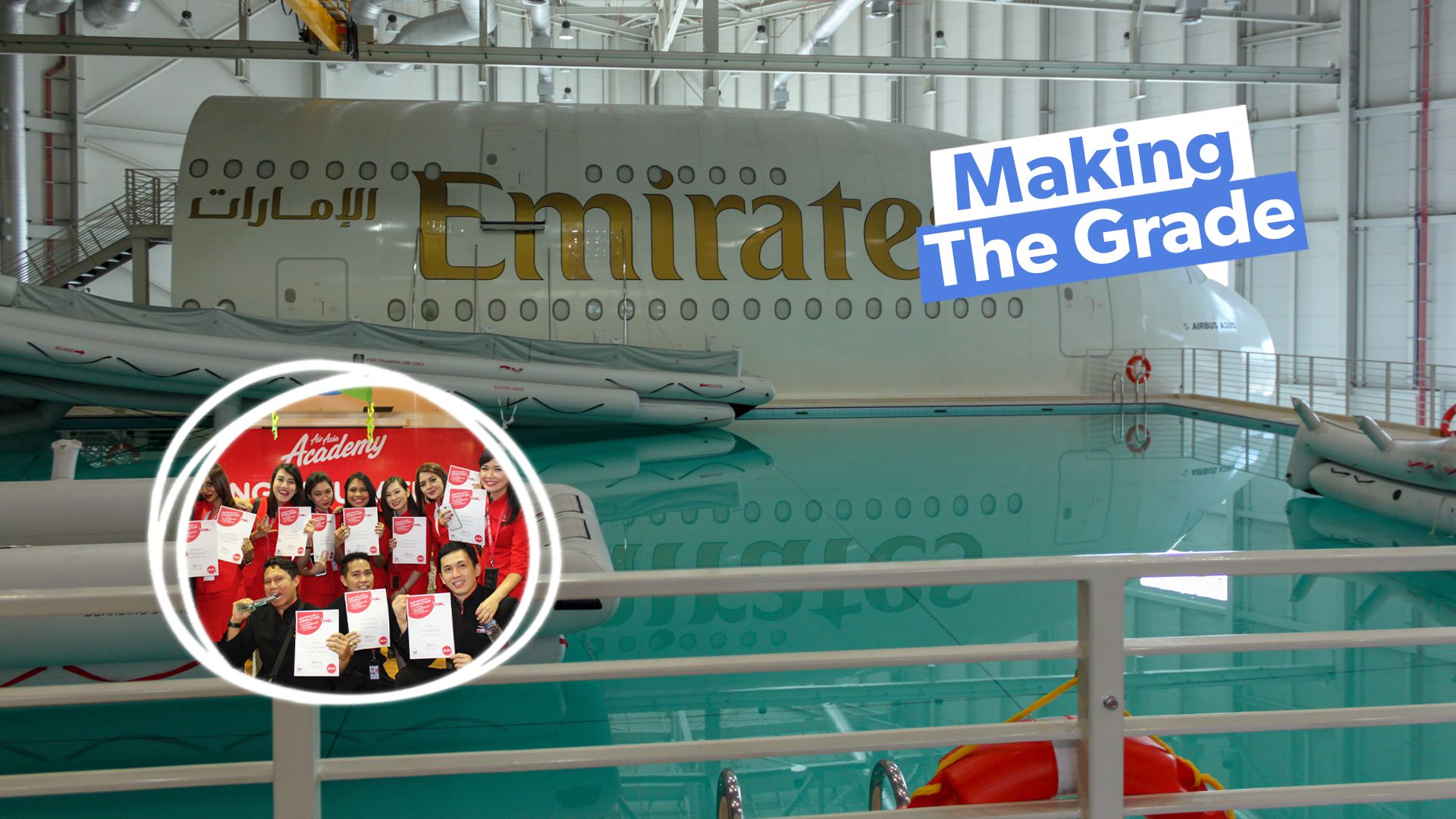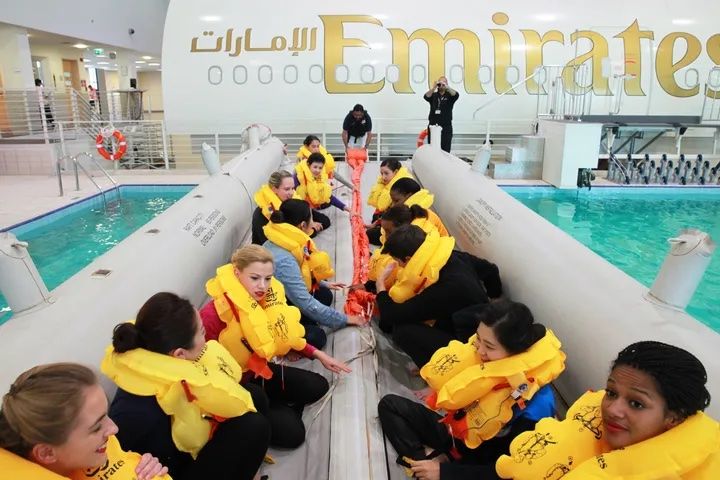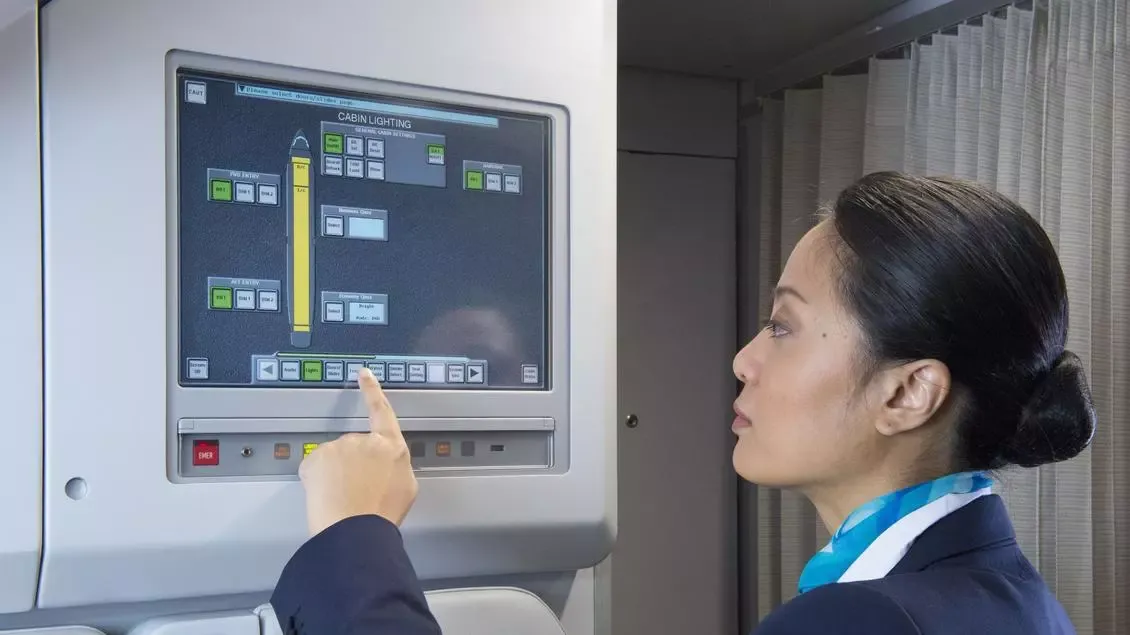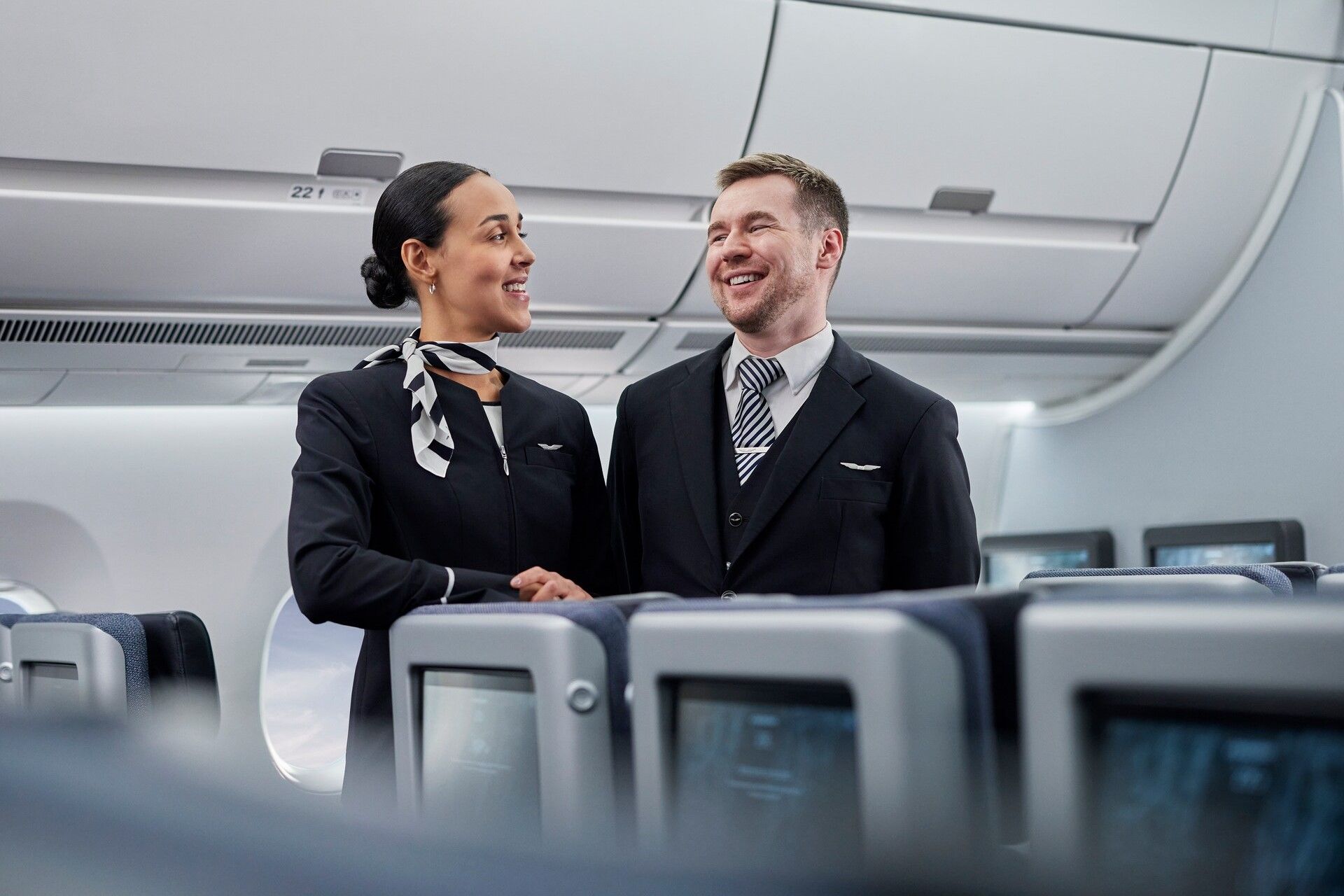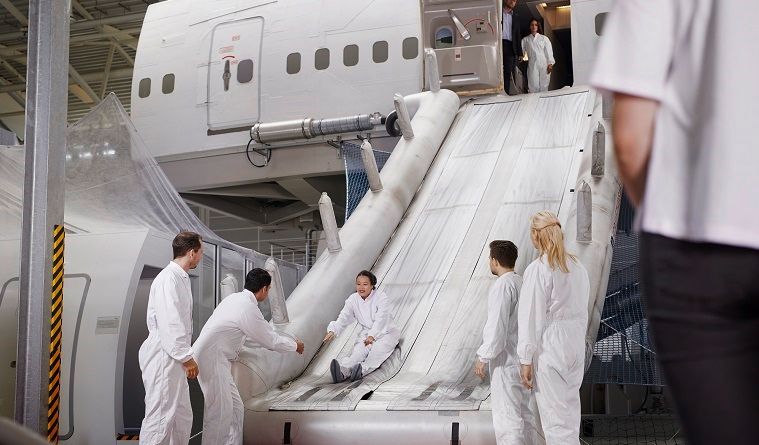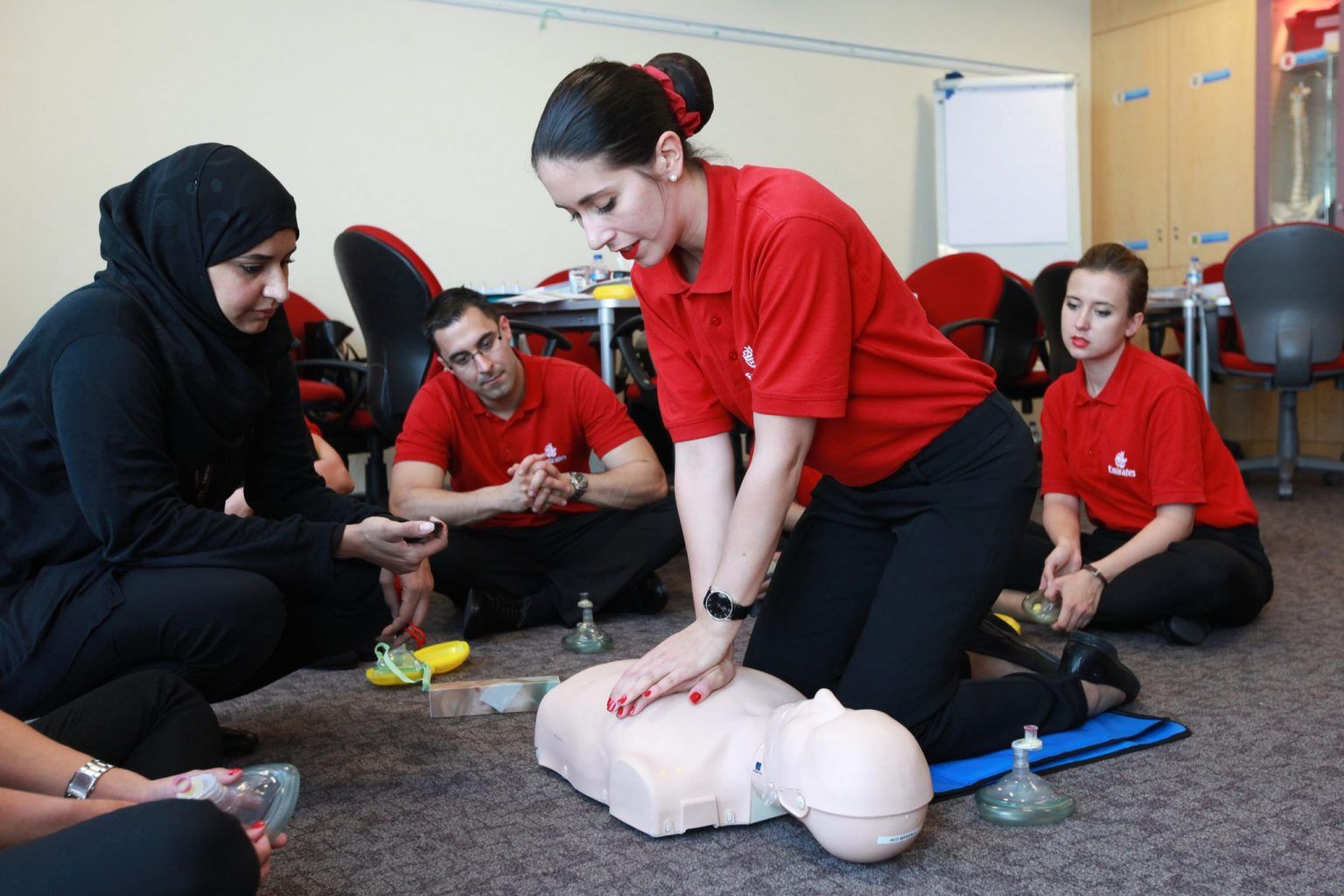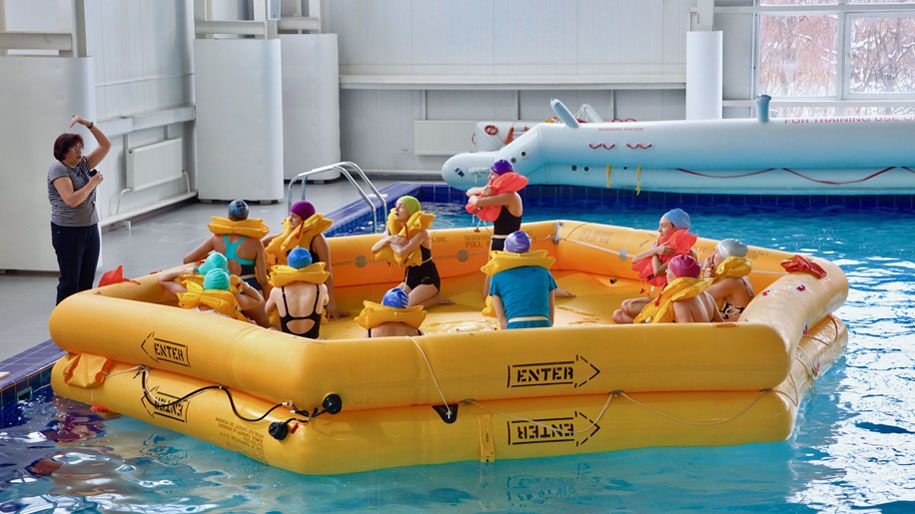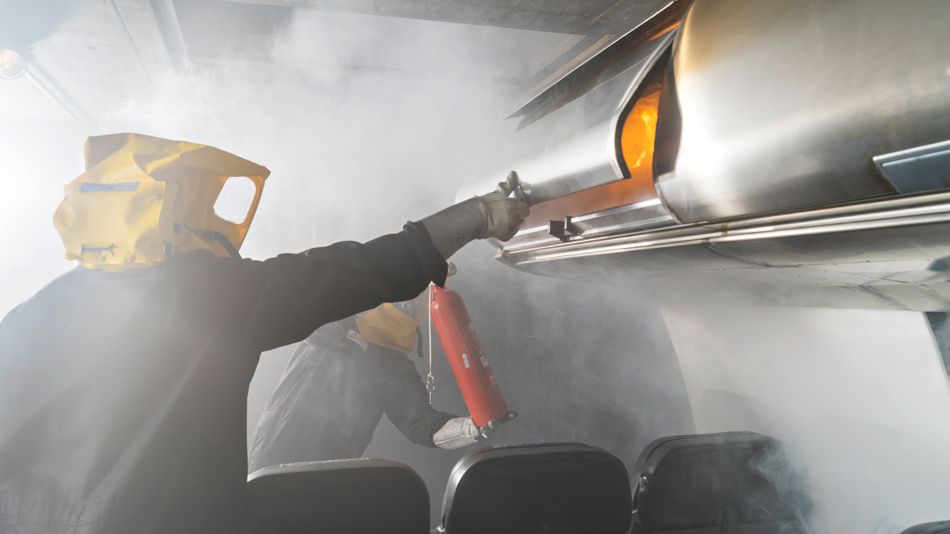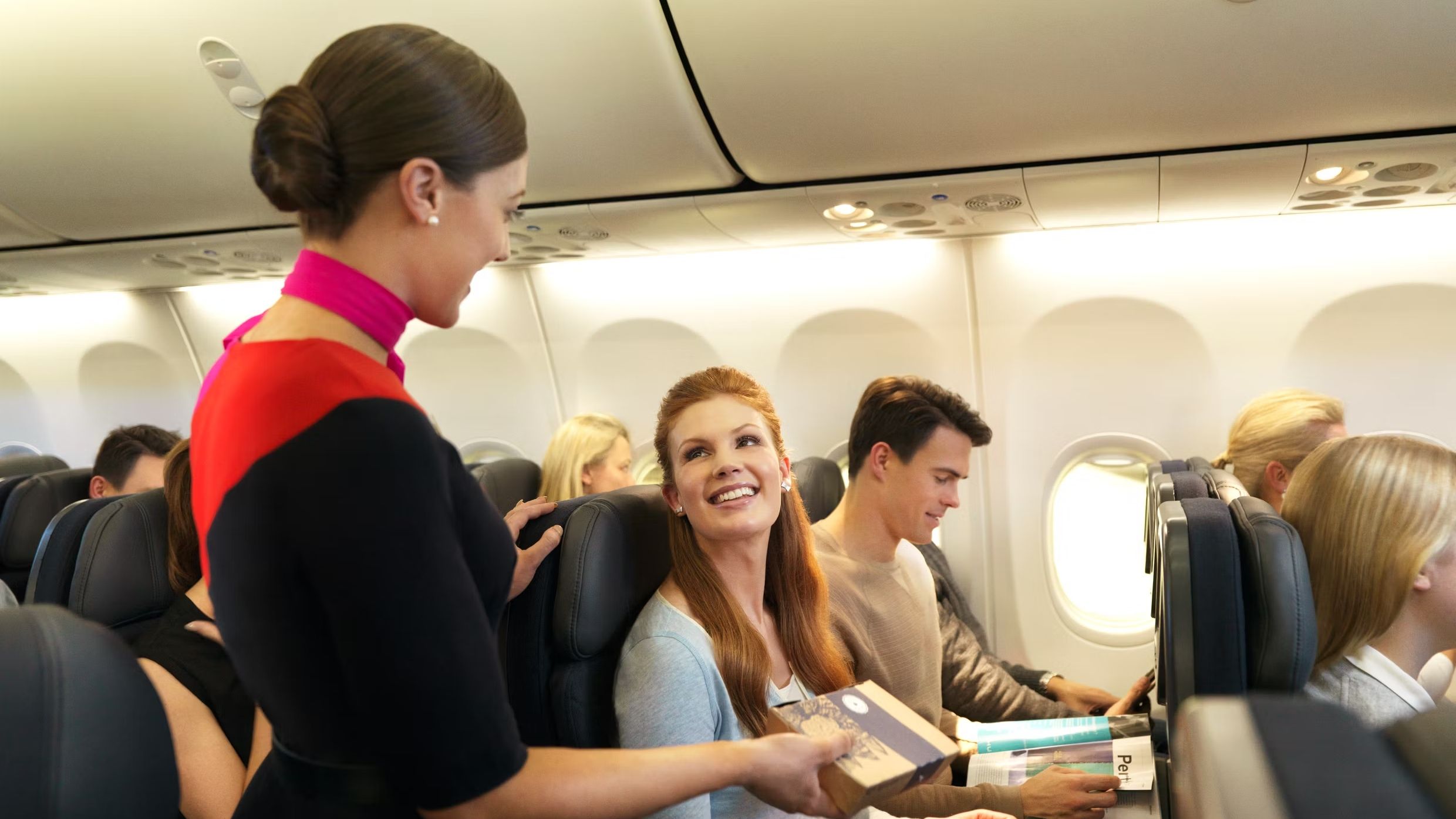When you step into the world of cabin crew training, it’s like hitting the pause button on your everyday life. The airline becomes your whole focus, immersing you in its specific rules, safety protocols, and service standards. It’s not just about putting on a uniform and strolling through the plane with a smile; there’s a rigorous learning curve that involves mastering emergency procedures, handling difficult passengers, and staying calm in high-pressure situations.
Behind the glamorous image of traveling the world lies a demanding, detail-oriented job that requires full commitment. Training programs are intensive, often taking weeks, and by the end, you’ll know how to handle every aspect of in-flight service, from safety drills to first aid. It’s a deep dive into an industry where professionalism and preparedness are key, ensuring that you’re fully equipped to keep passengers safe and comfortable, no matter what happens at 35,000 feet.
How long does cabin crew training take?
Becoming a cabin crew member is no small feat — it’s a demanding journey, especially with the legacy airlines where training can take anywhere from five to seven intense weeks. But if you’re looking at some of the airlines in Asia, you might be in for an even longer haul, with training stretching out to a hefty three months. The commitment is huge. The expectations? Sky-high, quite literally!
Photo: Emirates Aviation College
Airlines set rigorous standards, and when it comes to passing the exams. Depending on the airline, the pass rate often hovers around 95% or higher. Training involves long days packed with lessons, followed by homework that eats into your free time. The pressure can pile up quickly, and it’s not uncommon for people to realize midway through that maybe this lifestyle isn’t for them. Some drop out because they don’t meet the required grades, while others leave because the reality of the job doesn’t quite match their initial expectations. It’s a path where only the truly dedicated stick around.
Pre-coursework
Before you even step foot into training school, many airlines like to make sure you’re already familiar with some foundational concepts. To do this, they often send out a bit of online coursework ahead of time. It’s like a warm-up for your brain, giving you a head start on what’s to come. This isn’t about diving into the deep end just yet, but it’s enough to ensure that when you arrive, you’re not completely in the dark. They want you to have a basic grip on things, so you’re ready to hit the ground running from day one.
The kind of material you’ll typically see in these pre-training courses covers the essentials. For starters, you’ll probably need to learn the airport codes. Each airport has its own unique three-letter code, and knowing these is second nature to anyone in aviation. Then, there’s the 24-hour clock system, which, if you’re not used to it, can feel a bit confusing at first. But it’s vital because flights operate across all time zones, and the last thing you want is to mix up AM and PM! Speaking of time, you’ll also need to get comfortable with time differences, since, as a crew, you’ll be crossing borders constantly and need to be sharp on what time it is in every corner of the globe.
Photo: Finnair
You’ll also be introduced to the phonetic alphabet — A for Alpha, B for Bravo, C for Charlie, and so on. This comes in handy when you’re communicating over the radio or when clarity is key. It’s not just random jargon; it’s an essential tool to make sure you’re understood in every situation. Beyond that, you’ll dive into airline-specific terminology, the different types of aircraft, and, most importantly, what exactly the job of being cabin crew entails. It’s more than just customer service—there are safety protocols, emergency procedures, and responsibilities that go far beyond what most passengers ever see. By the time you’re done with this pre-course material, you’ll already have a small taste of what lies ahead!
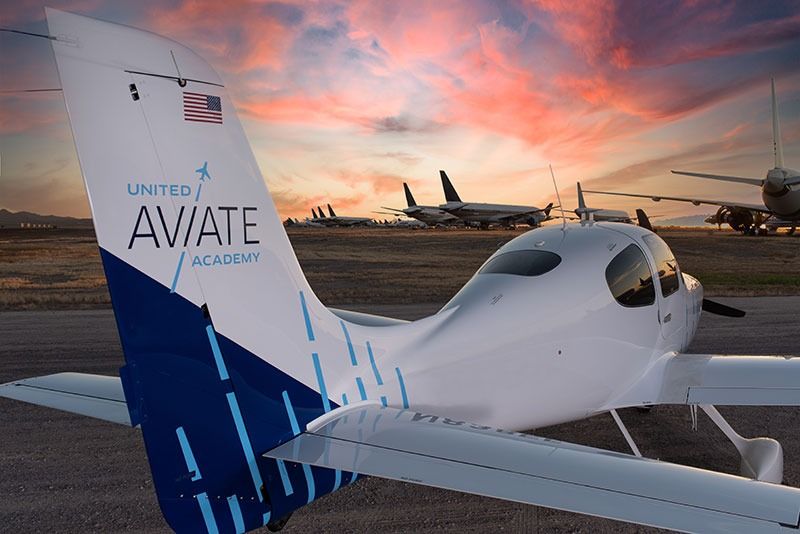
Related
Why Does Aviation Use The Phonetic Alphabet?
Using a standardized alphabet and pronunciation reduces miscommunication and makes flying safer.
Speaking of the phonetic alphabet, here are 4 quirky facts about it that you may not have known:
- The phonetic alphabet you hear in aviation (Alpha, Bravo, Charlie, etc.) is used worldwide to prevent miscommunication. But did you know some countries tweak it for cultural reasons? For example, in parts of South America, “Lima” might be pronounced “LEE-mah” to avoid confusion with “Lai-ma.”
- Before the standardized version came into play in 1956, different regions had their own versions. The British used “Dog” for D, and “Apples” for A! Imagine calling out “Apples Dog Baker” instead of “Alpha Delta Bravo”!
- The word “India” was chosen to replace the original “Indigo” for I, because “Indigo” could be confused with “Indie” or “Indy” over noisy communication systems. So, “India” became the phonetic code to keep things crisp and clear, especially over crackly radios.
Aircraft type and safety equipment, emergencies
When training kicks off, the first big task for cabin crew is getting to know the aircraft inside and out. You start by learning the specific type of plane you’ll be working on, down to every safety feature on board. It’s crucial to understand not just how the aircraft operates in normal situations but how to handle it when things don’t go according to plan. At this stage, it’s all about building that foundation of day-to-day operations, making sure you know your way around the plane, the equipment, and the routine duties.
Photo: Lufthansa Aviation Training
Once you’re familiar with the basics, things get serious as the focus shifts to safety and emergency procedures. This isn’t just theory—you’ll be practicing these scenarios until they become second nature. Emergencies, whether planned or completely unexpected, are drilled into you repeatedly. You’ll rehearse all kinds of situations, from a sudden drop in cabin pressure to making an emergency landing on water or land.
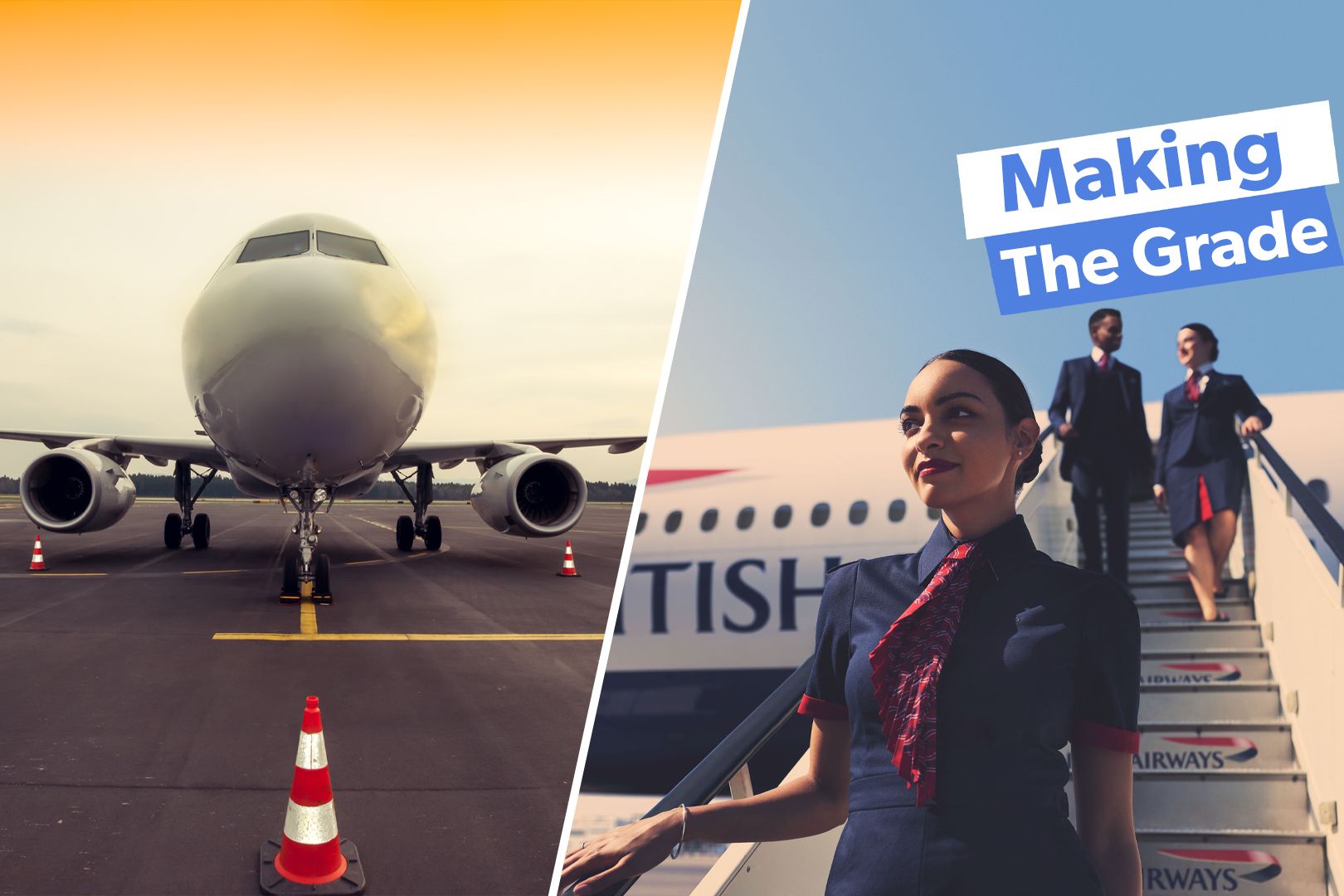
Related
5 Things Cabin Crew Must Do To Pass Their Training
It can be a make-or-break time for a career in the skies.
These are high-stakes events that demand quick thinking and even faster action from the crew. The goal is to train so thoroughly that when something goes wrong, you respond instantly and instinctively, without a second thought. By the end of this phase, dealing with crises becomes almost like muscle memory.
Firefighting and first aid
Another vital part of cabin crew training is learning how to handle fire emergencies. Fires on an aircraft are incredibly dangerous, so crew members are taught how to quickly put them out using the proper equipment. It’s not just about grabbing a fire extinguisher and hoping for the best — there’s a method to it, and you have to be ready to act immediately if a fire breaks out mid-flight.
Photo: Emirates
On top of that, cabin crew are trained extensively in aviation health and advanced first aid. You’ll learn how to perform CPR, use a defibrillator, and manage a wide range of medical situations. From minor injuries to serious health crises, you need to be prepared for anything because there’s no guarantee a doctor or nurse will be onboard.
Crew members are often the first — and only — line of help in a medical emergency onboard, so they need to be able to stay calm, assess the situation, and take action. Whether it’s assisting someone who’s fainted or responding to something more severe like a heart attack, you have to be ready to handle whatever comes your way.
Other items
A crucial aspect of cabin crew training is something called Crew Resource Management (CRM). This is where you learn from past aviation accidents and, more importantly, how to prevent future ones. The focus here is on improving safety, and a huge part of that comes down to communication and teamwork. It’s not just about knowing your role — it’s about working seamlessly with the rest of the crew and the flight deck. Clear, effective communication between the cabin and cockpit can make all the difference in both routine operations and emergency situations.
Photo: Aeroflot
Alongside CRM, there’s a strong emphasis on security and handling dangerous goods. These lessons are essential because understanding how to identify and manage potential threats keeps everyone onboard safe. Then, there’s survival training, which covers everything from how to stay alive in the most extreme conditions — whether you’ve landed at sea, in the desert, in the jungle, or even in polar environments. You have to be ready for the unexpected, no matter where the plane ends up.
On top of that, crew members are also taught how to handle disruptive passengers. Sometimes, conflict arises in the cabin, and it’s the crew’s job to manage these situations calmly and professionally. Whether it’s deescalating a tense moment or, in extreme cases, restraining someone for the safety of others, you need to be equipped with both the skills and confidence to act when things go wrong. It’s all about maintaining control and ensuring the safety and security of everyone onboard.
Photo: Lufthansa Aviation Training
In addition to all the core training, cabin crew are often taught a few extra skills depending on the airline. These can include self-defense techniques, which are essential for managing physical threats, and manual handling, which helps prevent injuries while dealing with heavy baggage or equipment. Grooming standards are another focus, ensuring that crew members always present themselves professionally. There’s also training on inflight retail, teaching crew how to handle sales onboard, and premium service, where they learn the finer details of serving first-class and business-class passengers.
Photo: Qantas
Interestingly, service training itself only lasts about two or three days, which is ironic considering many passengers think that’s the main part of the job. In reality, the glamorous side of serving drinks is just a small fraction of the role. Once they complete training school, new crew members must take two supervised familiarization flights. It’s their final test before earning their wings and being officially added to the roster as fully qualified cabin crew.
Even after they’ve earned their wings, the learning doesn’t stop. Every year, cabin crew are required to go through refresher courses to keep their skills sharp. These courses cover safety, emergency procedures, and first aid, all culminating in exams to ensure they still meet the high standards required by the aviation authorities. It’s a constant process of learning and proving competence, so passengers can rest easy knowing their cabin crew are always up-to-date and prepared for any situation.
At the end of the day, while passengers might see the polished, smiling crew serving drinks and meals, there’s a whole world of training and responsibility that happens behind the scenes. Cabin crew are there for much more than just service — they’re the ones you rely on when things don’t go according to plan, making them the real unsung heroes of the skies.

